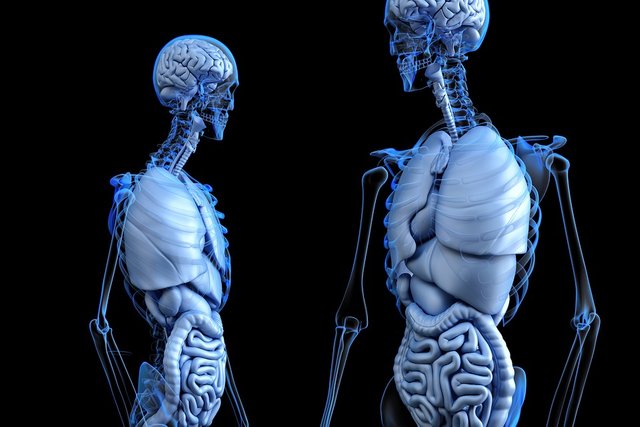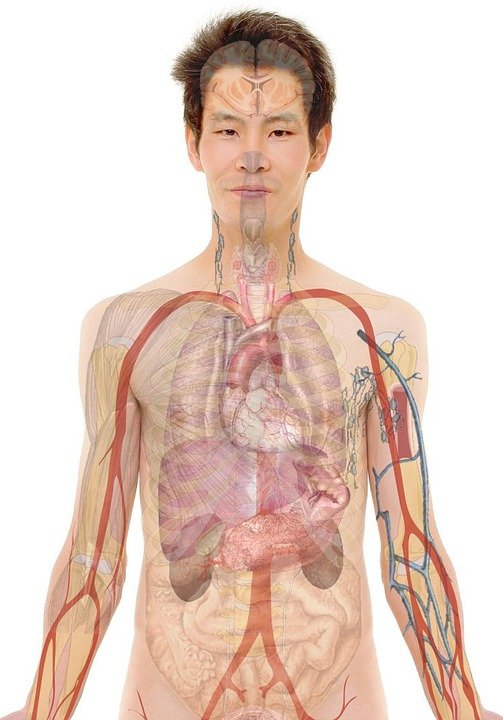Internal organs In Retro-spec to Traditional Chinese Medicine

To those of you who keep up with my posts, thank you for your attention and for your upvote. This post may be confusing to some because it does not look like the normal anatomy that we all used to in text books. Here is a picture given to me by a Laoshi that mentored me in traditional Chinese medicine. Laoshi 老 (lao) , 师 (shi) means teacher in Chinese , sensei (sĕnˈsā) is teacher in Japanese.

Viscera are the internal organs located in the interior of human body.
They are composed of:
Five-Zang viscera (heart, lung, spleen, liver and kidney)
Six Fu-viscrea ( gallbladder, stomach, small intestine, large intestine, urinary bladder, tri-Jiao)
Extraordinary Fu-viscera ( brain, marrow, bone, vessel, gallbladder and uterus).
There are differences among viscera.
Five Zang-viscera are solid organs, their major functions are “storing essential Qi.
Six Fu-viscera are luminal organs, their major functions are transporting and transforming , being in charge of receiving and digesting the food and water, and transporting and discharging the waste.
Extraordinary fu-viscera are mostly hollow like six fu-viscera, but their functions are storing the essential Qi, which is different from six fu-viscera, but similar with five zang-viscera.

As you can see, our organ placement and understanding of anatomy is slightly different from traditional Chinese medicine. The healers believe that organ placement and signs and symptoms is due to change in qi or blockage of the maridian , whereas in modern medicine we believe that our organ placement is due to the physiology of the anatomy and regional anatomy.
For example if your tung is pale then it is believed to be qi stagnation within the spleen, which is understandable. When your tung and skin is yellow it is also said to be a problem with the spleen, but in modern medicine we see that yellowish pigmentation is a result of jaundice which is correlated as a liver problem. One other huge difference I have noticed is that with Chinese medicine there is not much emphasis on the brain but more emphasis on the human body as a whole. “housing the mind”. The heart governs spiritual activities, including spirit ,consciousness, thinking, expression and behaviour.
In a broad sense spiritual activity is a general term for external manifestation of vital activity of the whole body. i.e. appearance of the whole body including the complexion, expression in the eyes, speaking, replying, movement of the limbs, etc.
I shall end my blog here we will continue to learn more next week, thank you for joining me on this learning experience and I hope you enjoy my content.
Congratulations @bankiezn! You have completed the following achievement on the Steem blockchain and have been rewarded with new badge(s) :
Click here to view your Board of Honor
If you no longer want to receive notifications, reply to this comment with the word
STOP